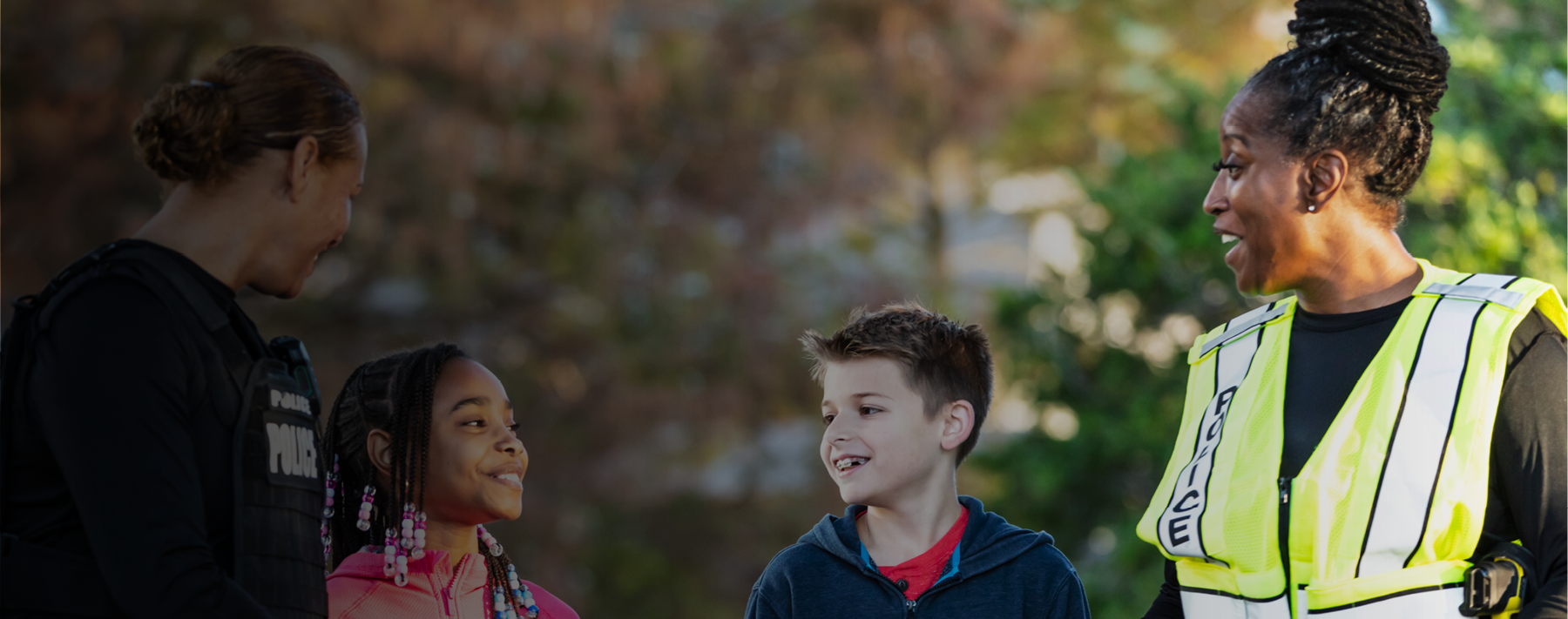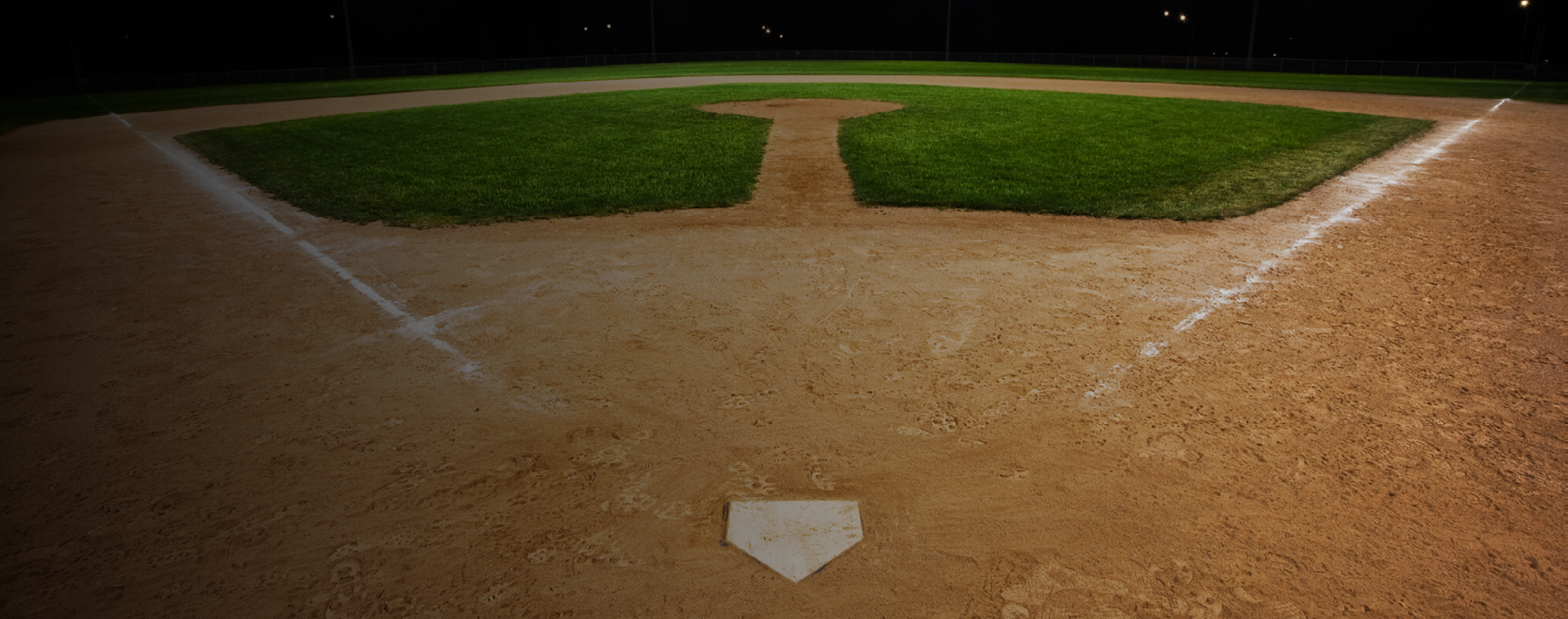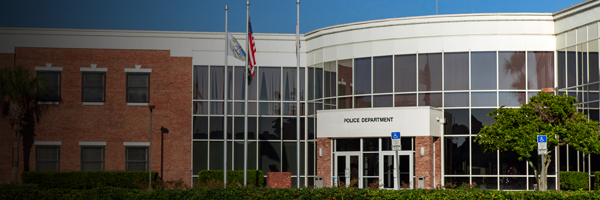In recent years, first responders have observed an increasing use of social media platforms like Facebook and Twitter during emergencies. Whether the emergency is man-made (e.g., active shooter) or natural (e.g., hurricane or wildfire), the public uses social media to communicate with emergency responders during times of great distress.
When under duress, humans tend to fall back on what comes naturally. First responders train for active shooters or other disasters so that when an incident unfolds, they will revert to their training instead of their natural impulse, which might be to panic. The average citizen is not trained to manage a crisis, but a large percentage are active on social media. When something bad happens, it’s not surprising that they turn to social media to notify their friends—and increasingly, to ask for assistance.
In 2017 the Pew Research Center reported that nearly 70 percent of American adults used social media, an increase from 5 percent in 2005. And because most people are using social media, agencies responsible for emergency response need to use it, too.
The agency that fails to engage on social media runs the risk of being caught flat-footed when a disaster occurs. Traditional forms of emergency communication, like 9-1-1, can easily become overwhelmed in a widespread disaster, resulting in busy signals for callers. Additionally, 9-1-1 lines can lose service during inclement weather, so social media can be a reasonable backup in these situations.
A recent incident is illustrative. When Hurricane Harvey made landfall in Texas on August 27, 2017, Houston’s 9-1-1 system was rapidly overwhelmed. Los Angeles Times reporter Laura Nelson wrote that people waited on hold for two hours after calling 9-1-1, and many calls were dropped because the lines were so busy. Houston mayor Sylvester Turner said 9-1-1 operators received 56,000 calls in less 24 hours—6,000 of those calls were for rescue.
Selecting a Platform
Each time a disaster strikes, the use of social media for emergency communication becomes more prevalent. It’s clear that first responders need to adapt to this new form of communication, but where should a department start? The first step is determining which platforms your department will use.
Social media platforms are plentiful, and public safety agencies have had success using them to foster community engagement. Many social media platforms are better suited for releasing information as opposed to fostering interaction. For instance, Nixle is a good platform for releasing traffic updates within your jurisdiction. Similarly, Nextdoor makes it easy to distribute crime information targeted to specific neighborhoods within your jurisdiction. Nextdoor also allows for interaction among citizens within their neighborhoods; many Houston residents used it to coordinate citizen rescues during Hurricane Harvey.
But when it comes to social media during emergencies, the two obvious platforms are Facebook and Twitter. The general public is familiar with them, they reach millions of readers and they facilitate sharing of information far beyond your initial circle of contacts.
Many departments use Facebook already, typically for relaying community event information. In terms of disasters, though, Facebook may be underutilized by first responders. Facebook monitors the posts on its site, and if people in a concentrated geographical area begin talking about a disaster, Facebook will open a page related to the disaster and prompt nearby users to report that they are safe. Departments can also monitor these pages and mine them for intel about conditions on the ground.
If Facebook is where your department may go to find information during a disaster, Twitter is the ideal platform for sharing real-time emergency updates and notifications. Even if you don’t have a lot of followers, your audience can expand rapidly when those followers retweet your posts to their followers, and so on. In this way, a message can be spread very quickly. When using Twitter, it’s important to use appropriate hashtags. A quick Twitter search will usually reveal the most popular hashtag for a disaster or other major incident. Clicking on that hashtag will reveal other posts about the event. Therefore, if you use the hashtag, your posts will be visible to anyone searching for information about the event.
One caveat: There are many more Facebook users than Twitter. While savvy social media users will look for your department on Twitter during an incident, others may expect you to post information on Facebook. If you don’t want to post in both platforms during an emergency, start educating your Facebook followers now so they know where you’ll be sending out disaster information.
Controlling the Conversation
A key consideration for public safety agencies using social media is whether to allow citizens to post on department social media accounts. In other words, will you allow interaction, or will the department use social media strictly to release information? A reasonable practice should use a mixture of one- and two-way communication. Citizens want to talk to first responders, ask questions and send incident information.
While interaction and engagement is generally a good thing, there are some risks to consider:
- Volume. Many comments deserve a response, but most agencies don’t have full-time social media personnel. In a disaster, the volume of comments will increase rapidly and significantly. To keep the volume of communication manageable, determine ahead of time what your response policy will be and assign a group of members to monitor your page just as phones are monitored in the dispatch center.
- Negative comments. Especially in emergencies, when emotions run high, it’s easy for citizens to criticize the public safety response. Your department must be prepared for the criticism it may receive—and that those comments could get picked up by reporters.
- First Amendment issues. Finally, a word of caution about government use and maintenance of social media sites. You can always delete offensive or critical posts, but courts have found that citizen posts may be protected by the First Amendment in certain instances. Members should consult with legal counsel to establish procedure for handling offensive posts before inviting public input.
One limitation of social media: It’s difficult to know who is getting your message. To build some degree of confidence that the public is getting department emergency notifications on social media, departments must engage with citizens and build a following before the emergency. Familiarize assigned members with the platforms that work best in the community and learn what intel can be mined from social media. Otherwise, these platforms will be of little use on the day an emergency occurs.
6 Tips
Following are just a few items to consider when using social media for disaster communications:
- Make sure your social media pages clearly indicate users should call 9-1-1 if they’re experiencing an emergency.
- Staff appropriately. If your agency is going to use social media to communicate during emergencies, it requires a realistic commitment of resources. Consistency is key—commit to a level of communication you can maintain across multiple shifts and different types of incidents.
- Prepare messages ahead of time. Although every incident is different, templates for different types of incidents (weather event, active shooter, evacuation, searching for suspect, etc.) enhance communication consistency and help you post information faster. Just tailor the template to the specific incident.
- Remember to turn off scheduled messages during a disaster. Many agencies use tools that allow them to schedule posts. If those messages go out during an emergency, it can be confusing and even embarrassing for your department.
- Be careful when sharing information others have posted. There’s always a lot of disinformation during an emergency, and social media allows for inaccurate information to be amplified.
- Close the loop. If you rescue someone as a result of a social media post, put out a message; if an evacuation order is lifted, announce it; if you capture the shooter, announce that. Don’t leave your followers hanging.
Managing Risk
There’s no one-size-fits-all social media strategy in public safety. Rather, each agency must conceptualize and plan a social media communication plan for disaster response based on the unique needs of the communities they serve and the resources available.
Engaging on social media during an emergency does carry some risk, but not doing so is increasingly becoming a risk as well. An American Red Cross survey found that 74 percent of adults would expect help to arrive within an hour after they posted a request for help on a public safety agency’s social media page.
Could you meet that expectation?



